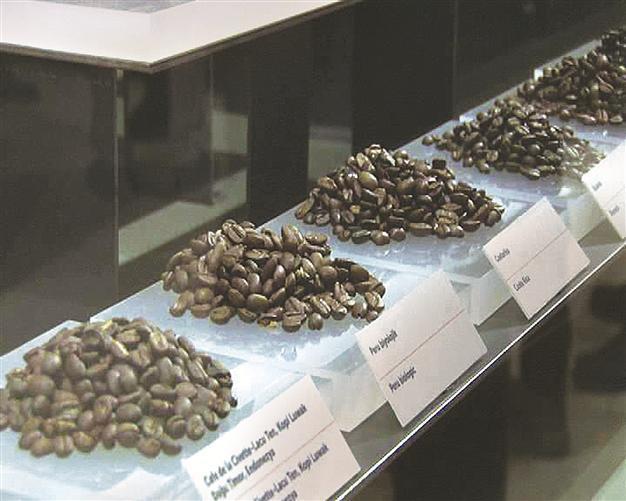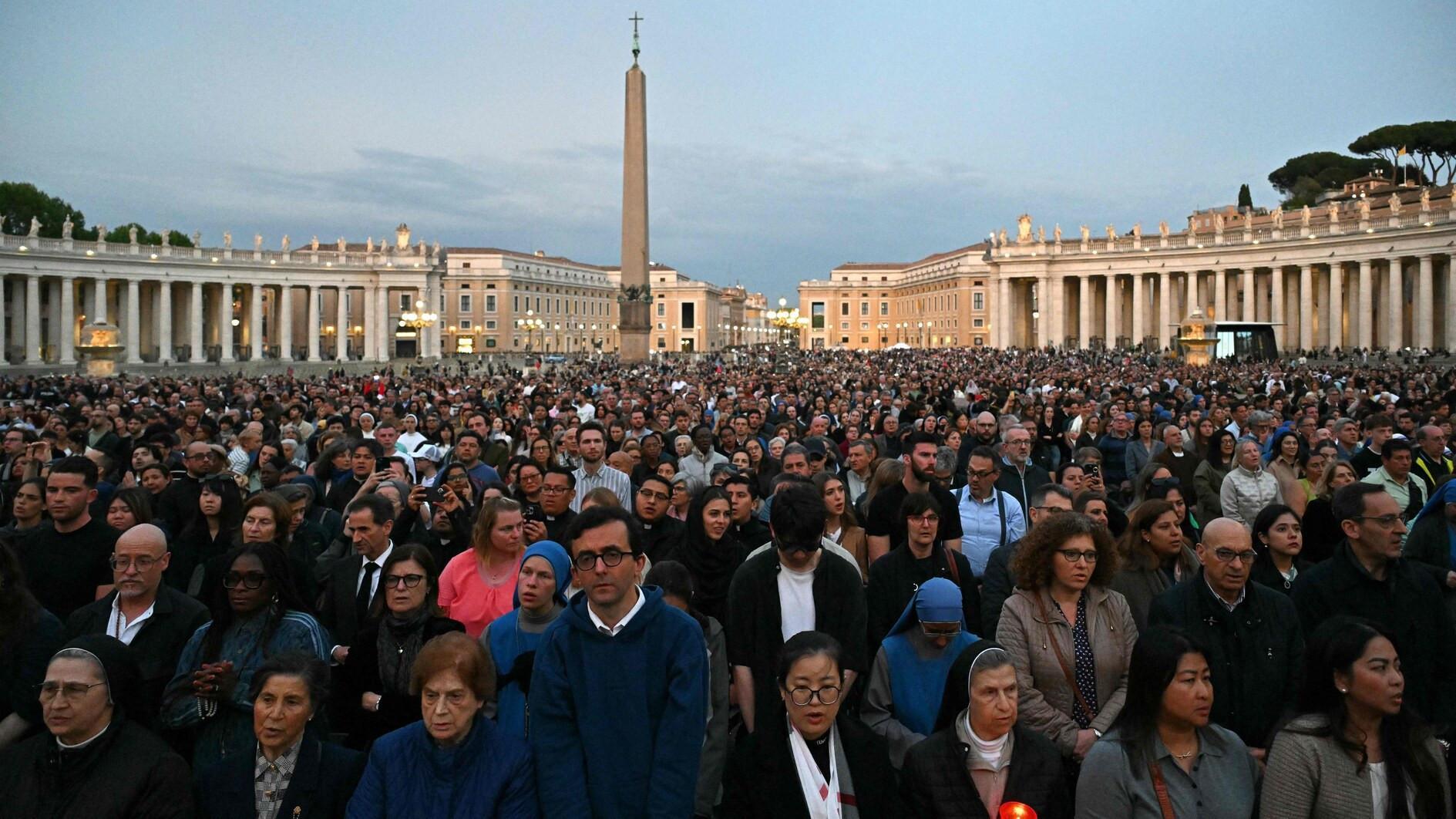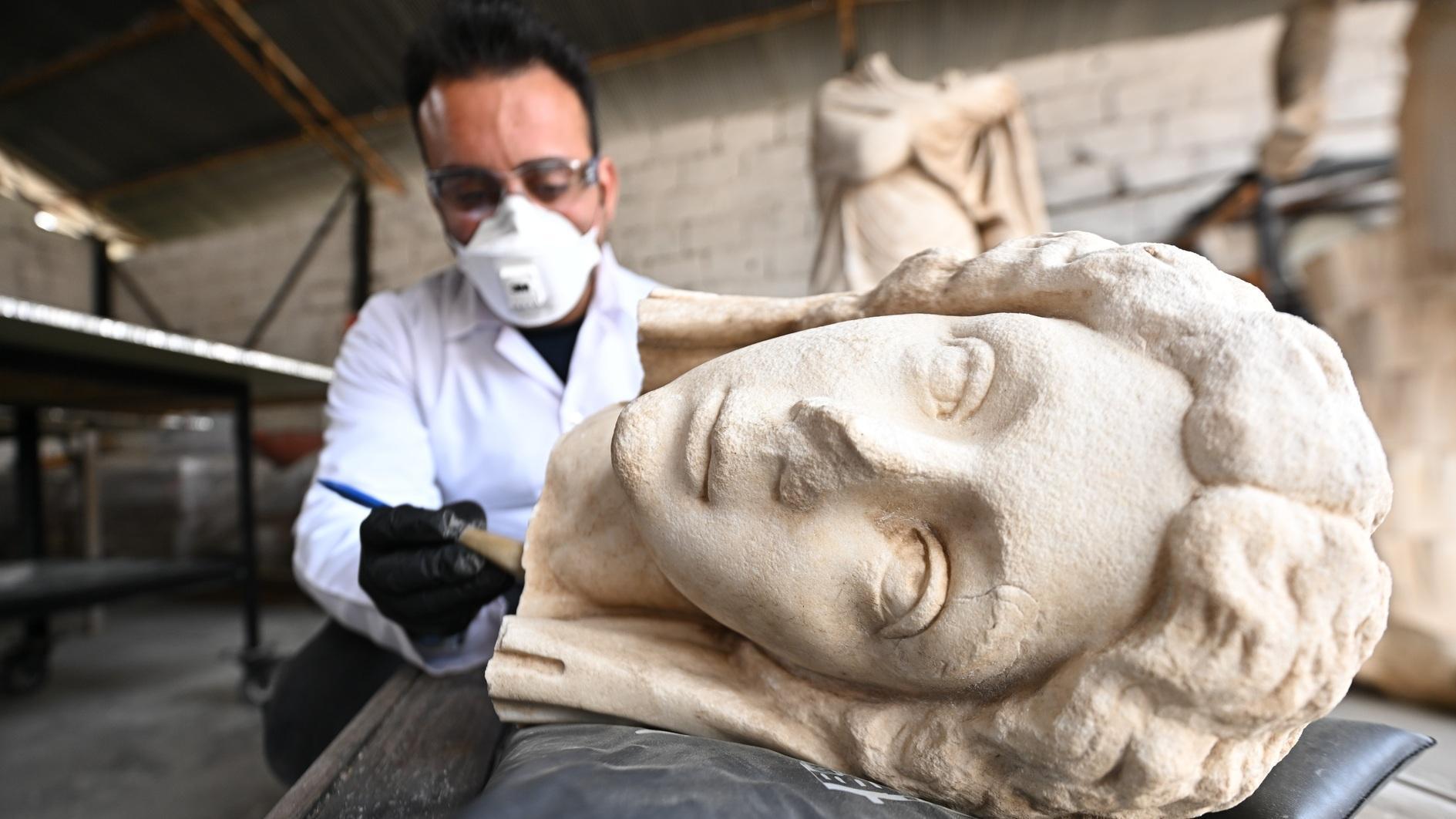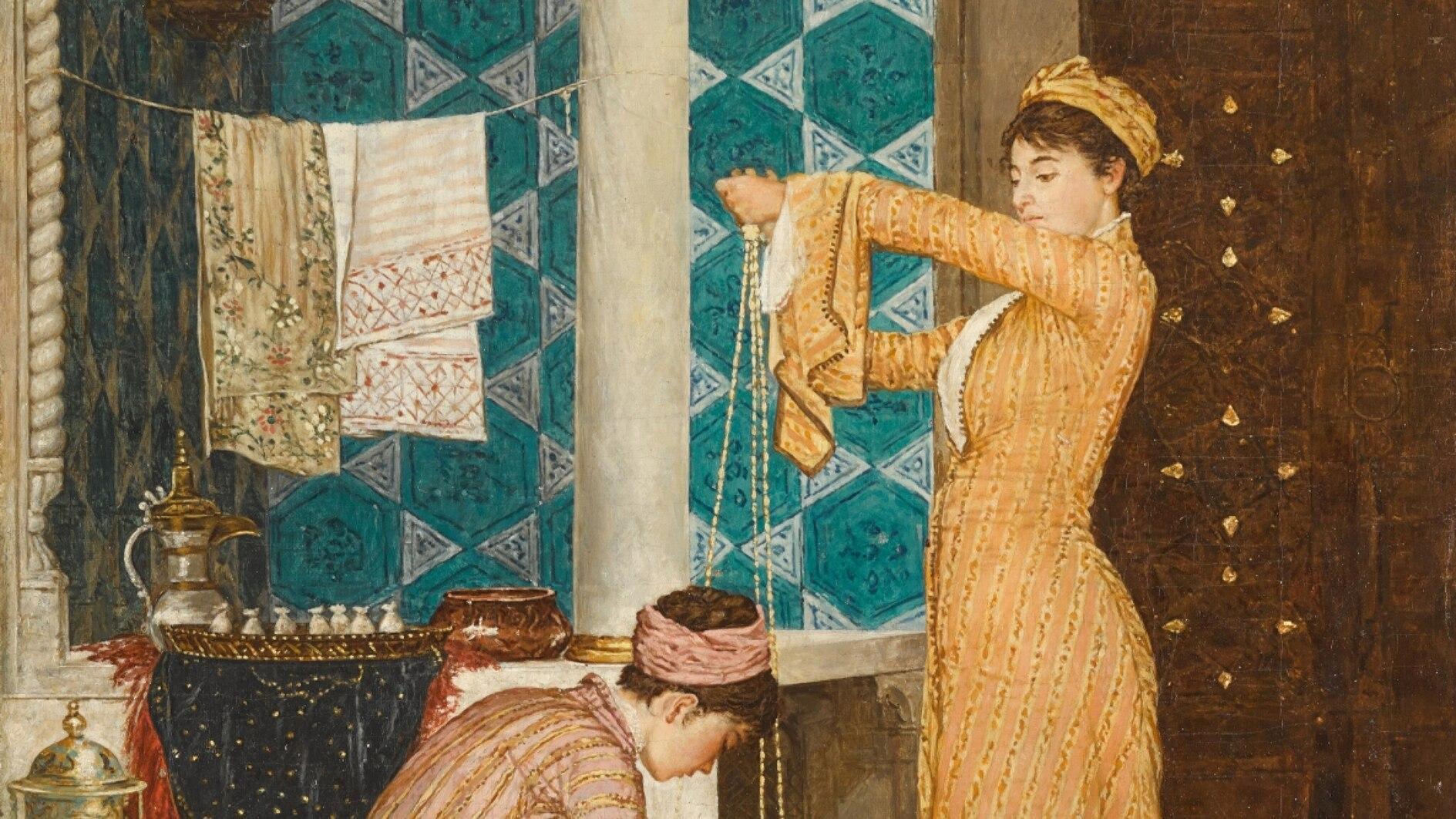Dark seduction
Aylin Öney Tan - aylinoneytan@yahoo.com
 “Of all the unchristian beverages that ever passed my lips, Turkish coffee is the worst. The cup is small, it is smeared with grounds; the coffee is black, thick, unsavory of smell, and execrable in taste. The bottom of the cup has a muddy sediment in it half an inch deep. This goes down your throat, and portions of it lodge by the way, and produce a tickling aggravation that keeps you barking and coughing for an hour.”
“Of all the unchristian beverages that ever passed my lips, Turkish coffee is the worst. The cup is small, it is smeared with grounds; the coffee is black, thick, unsavory of smell, and execrable in taste. The bottom of the cup has a muddy sediment in it half an inch deep. This goes down your throat, and portions of it lodge by the way, and produce a tickling aggravation that keeps you barking and coughing for an hour.” American writer-humorist Mark Twain visited Istanbul in 1867, tasted Turkish coffee and absolutely hated it. He writes about his experience in “The Innocents Abroad” (1869).
He is not alone in detesting the taste of coffee. Surely, coffee is an acquired taste. The first encounter with black coffee without sugar is usually a bitter memory. But it was not only the taste that frightened the first timers. The darkness of the liquid gave it an unnerving feeling. No drink before coffee was that dark, people were right to be suspicious about it.
The early history of coffee is hazy, and it will probably remain in the dark forever. The story of coffee usually starts with the Galla tribe people in Ethiopia noticing the enticing qualities of the coffee bean sometime in the first millennium. They roasted and pounded the coffee beans and molded them into balls mixed with animal fat to consume it as a food of sustenance on long-distance voyages. Then, around the 1400s, the Sufis in Yemen turned it into a drink. The sect of Shadiliya (Şazili) order was among the first to drink this dark potion in their religious rituals. Coffee was initially called “qahwat al bun,” meaning ‘wine of bean,” then just simply “qahwa.”
Black water or soup?
The first commercially grown and harvested coffee originated in the Arabian Peninsula, near the port of Mocha. It was during the reign of Süleyman the Magnificent, when the governor of Yemen, Özdemir Pasha, brought coffee to Istanbul. According to the chronicles of Ottoman historian Pechevî Ibrahim Efendi written in 1640, the first coffee house in Istanbul was opened in 1554-55 by Halepli Hakem (Hakem of Aleppo) and Şamlı Şems (Shems of Damascus) in Tahtakale. From then on, Tahmis Sokağı, the coffee roasters alley, still smells of coffee. The spread of coffee to Europe and the world was started from Istanbul by Ottoman merchants. In a close encounter with the Ottomans, the Venetians were first to discover this strange dark fluid. G. Francesco Morosini, ambassador of the Venetian Republic to the Ottoman Sultan, reported in 1582 from Istanbul about numerous public places where people meet each other several times a day over “acqua nera,” a dark and boiling hot beverage. “Acqua nera,” literally meaning black water, was soon to conquer Venice. The dubious darkness of the drink had been no obstacle in seducing the Venetians.
Hungarians were also among the ones who seemed to be captivated by the darkness of coffee. They used to call it “Fekete Leves,” meaning the dark or black soup. This analogy seemed to have its grounds in stark reality. Ottomans did not have the habit of talking much while eating. The food would be quickly consumed and only after the belly was satisfied would one would sit back to enjoy a cup of coffee and talk. That was the time to mention anything on the agenda, usually money matters, be it taxes, charges, commissions, bribes, whatever… When the Hungarians were under Ottoman rule, they dreaded this particular moment. On one such moment, Prince Thököly Imre, an ally of the Turks in the failed siege of Vienna, was invited to lunch by the Turkish pasha. When he realized the intention of this invitation was of no good, he wanted to leave, but one Janissary stopped him, saying: “Hátra van még a fekete leves/There is still ‘fekete leves/black soup’ to be served!” That sentence would soon become an often-quoted phrase in Hungarian language, simply meaning “worse is yet to come.” No need to say that this coffee was the start of Imre’s brief imprisonment, he was sent to Adrianople/Edirne to be questioned on the Vienna defeat. He must have felt the lingering bitter taste of that last coffee for a long time!
Bite of the week
Recipe of the Week: Turkish coffee is seldom used as an ingredient. As it is ground to a very fine powder, it can be used like cocoa powder or dusted on chocolaty desserts, to give an edgy dark and bitter taste. One use is so simple, yet so tasty and uplifting after a heavy meal with loads of imbibing.
This is a trick favored by meyhanes, the traditional drinking holes. Take one or two apples, do not bother to peel them, cut into quarters, take out the cores and slice thinly. Arrange the slices in a fan-pattern in a platter, brush them with a few drops of lemon juice and dust liberally with Turkish coffee powder. Any apple would do but crisp red apples work the best. This is the ultimate pick-me-up after hours of binge drinking.
Event of the Week: “A Drop of Pleasure!” the exhibition on the history of Turkish coffee over the past 500 years has opened at Topkapı Palace. The English version of the colossal exhibition book will soon be available in English as well. I’m proud to have contributed to the exhibit and having prepared the chronology of coffee for the book. The exhibit is a joint effort of Turkish Coffee Culture and Research Association and the Culture Ministry together with the Topkapı Palace Museum. My credit goes to the ever-efficient curator Ersu Pekin, also the editor of the book, for his patience in the process of creating this most comprehensive exhibit on Turkish coffee.












